Subarashiki Kono Sekai
The artist formerly known as...
Shibuya, arguably Tokyo's most iconic futuristic geography, fizzes with neon hairdos and mini-skirt vitality. With its distinctive train station and the interminably busy Scramble Crossing, it's a location that has played host to videogames before. But while Jet Set Radio picked these broad streets as much for the gameplay-facilitating multi-tiered architecture as anything else, Square-Enix's forthcoming DS action RPG, Subarashiki Kono Sekai is out to jump on its carefree joie-de-vivre.
Tatsuya Kando, director of the game known formerly in the West as It's A Wonderful Life (before Square-Enix's lawyers ran a google copyright search on the name), explains the choice to us just a couple of short miles from the district: "We decided on Shibuya as a setting for the game before we had decided on pretty much anything else - even what type of game it was to be. Once upon a time Harajuku was the trend setting district in Tokyo but these days Shibuya is where new fashions spring up. As such, it's a name that has come to symbolise young trends so it's the perfect place to showcase a new style of game."
Indeed, Tetsuya Nomura's bright, typically a la J-mode character designs enforce in the visual style the freshness and innovation the game is seeking to communicate elsewhere. Don't be fooled by the bright colours into thinking this is a game for youngsters. While the game's lead protagonist Neku Sakuraba is a cel-shaded, spiky-haired teen typical of Shibuya's sub-culture, and, while for its central theme the game explores that awkward transition from childhood to adulthood, the game is aimed squarely at the older and experienced games player.
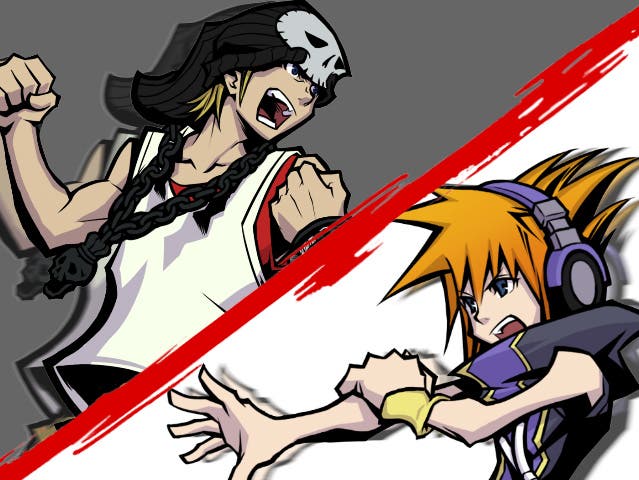
"I've been frustrated that there haven't been more games on the DS system that use both screens at the same time," explains Kando. "It's always one screen for the action, the other for a map or some such like. In Subarashiki I was very keen to make this a challenging game, which requires the player to give constant attention to both the DS screens. As a result the system's complex and, to begin with, I think that players will be confused and lost. But after a little while it all just clicks into place and becomes deeply addictive."
Sitting down to play the introductory levels in the game and it's clear Kando and his team have achieved their aim. The game doesn't fit comfortably into any particular generic pigeon-hole and, in the core battle system, it draws inspiration from numerous game styles and is initially overwhelming.
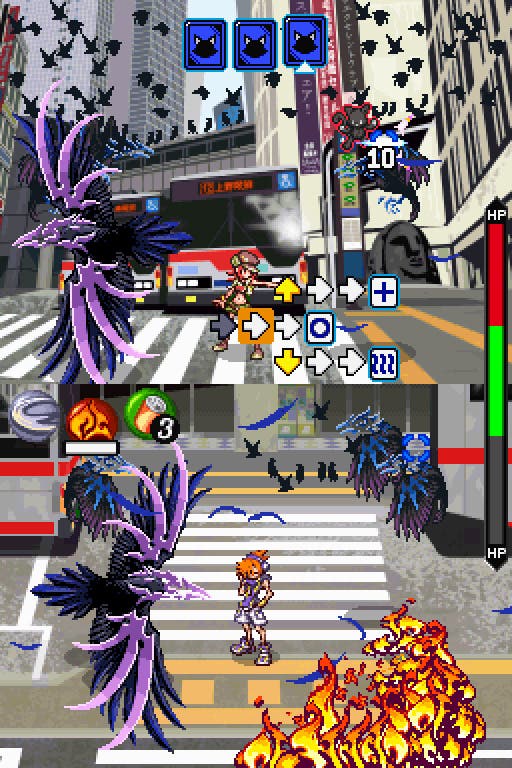
The story goes like this: Neku's awoken one day to find that all is not normal in Shibuya. Distractingly, he can hear the thoughts of its inhabitants. No sooner have you had chance to listen in to some passer-by's thoughts then you hear from the mysterious Shinigami Organisation who explain that you have seven days in which to carry out their increasingly challenging tasks in the (suitably-dramatically titled) "Game of Death". Fail or die within the time limit and all memories of Neku's existence will be wiped from the planet - a curiously empty threat for someone who's already dead perhaps.
In the demo we played, Neku was pulled into battles with creatures seemingly invisible to all of the surrounding shoppers. The stylus is used to control Neku on the bottom screen and by leading him around the screen and inputting various different stroke types you can unleash different types of attacks. Attacks can be varied through the use of badges - up to six of which can be taken into any one battle - each one signifying a different style of attack, from offensive magic to healing to telekinesis.


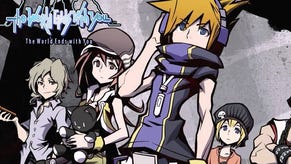

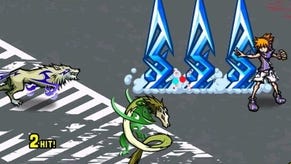

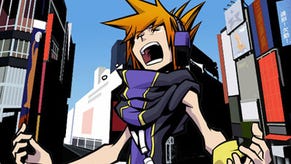

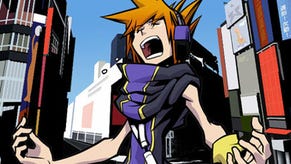



.png?width=291&height=164&fit=crop&quality=80&format=jpg&auto=webp)



